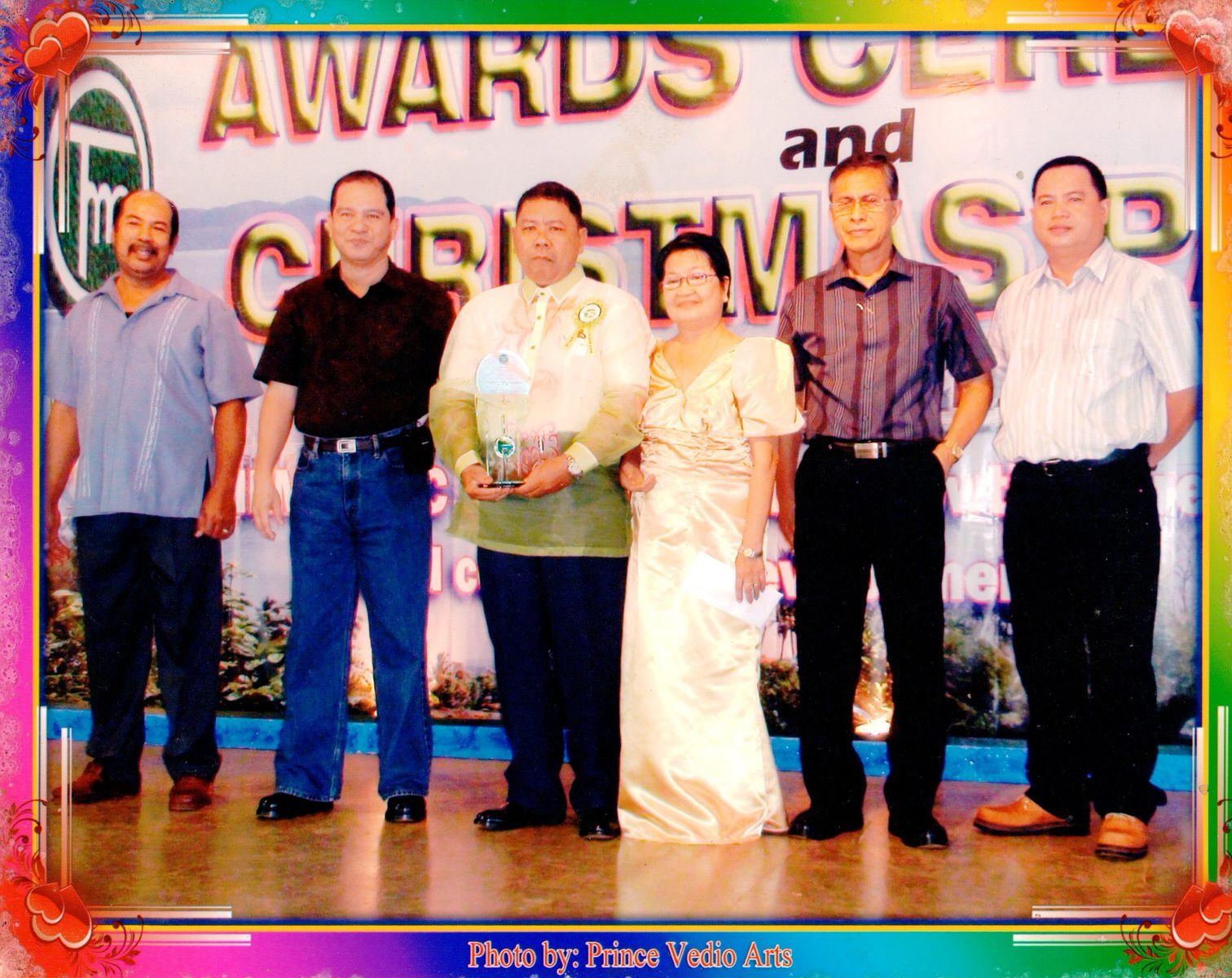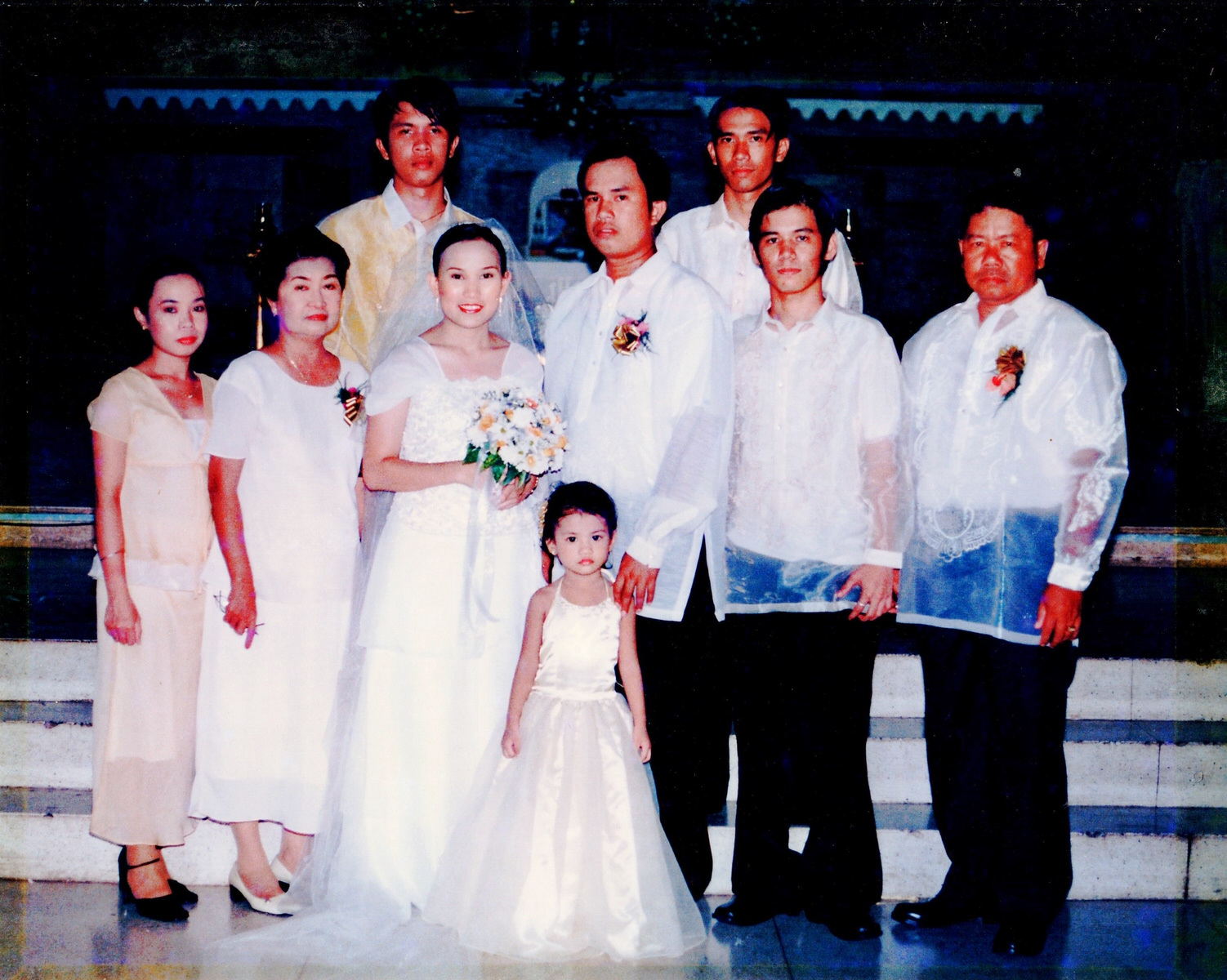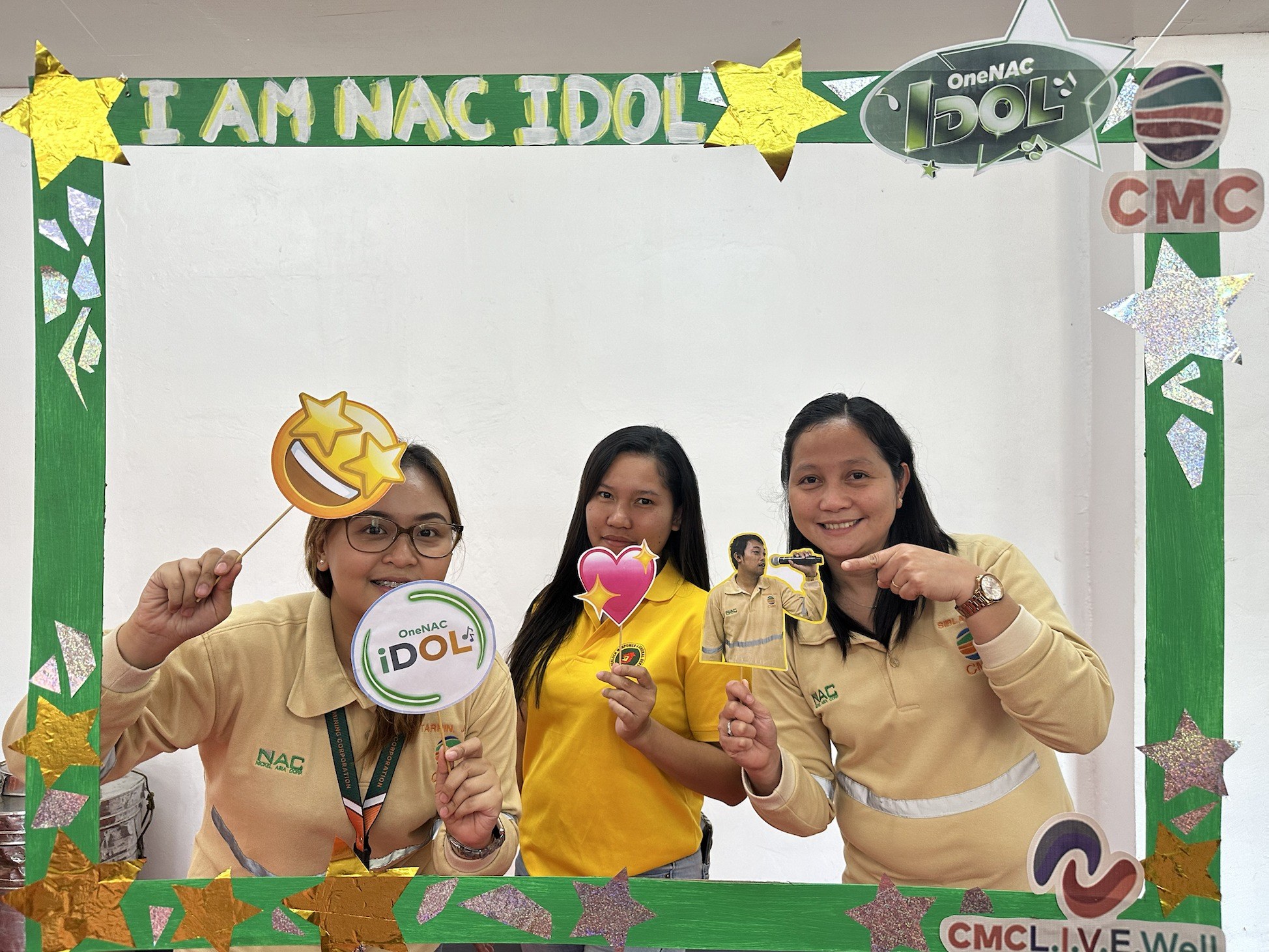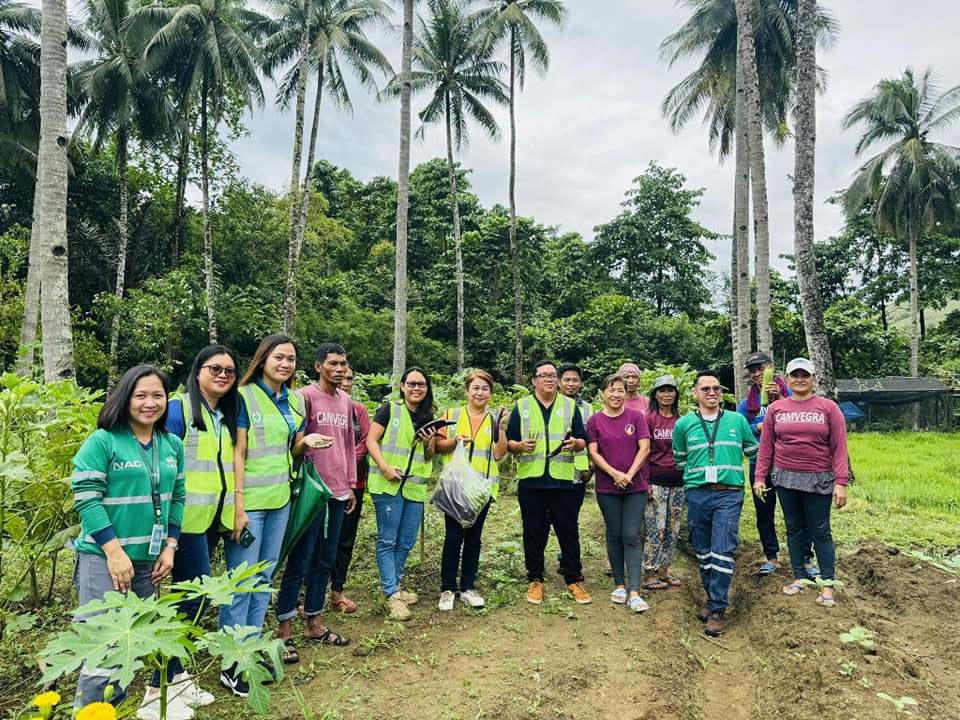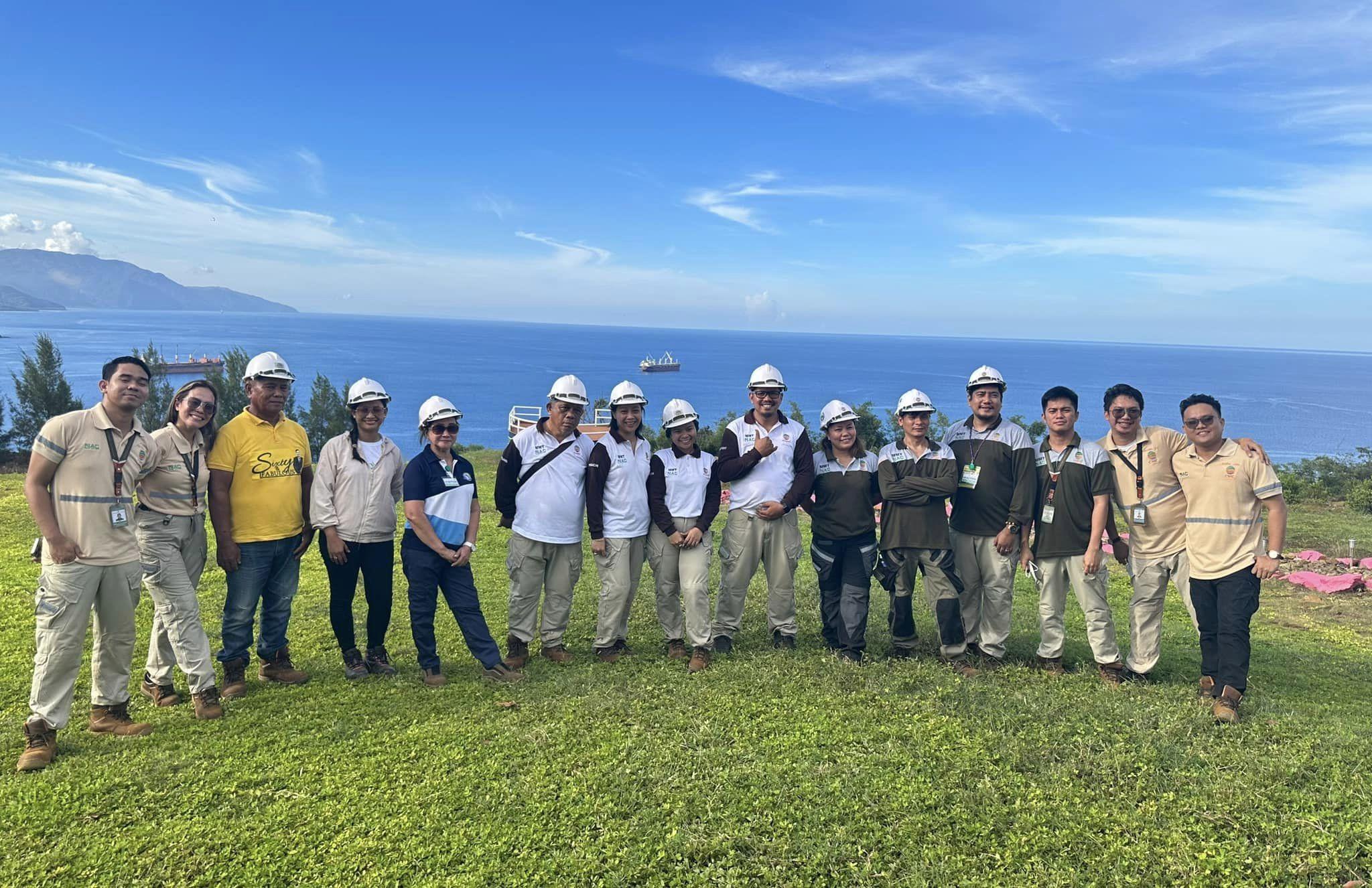There is a myth surrounding Guillermo Ababao, Jr. A myth that the man himself would be the first to laugh off.
There is a myth surrounding Guillermo Ababao, Jr. A myth that the man himself would be the first to laugh off. It was a joke, he’d say, when some people would talk about how he supposedly can tell the grade of the ore by just touching the soil.
It’s impossible, Ababao would be quick to deny, because determining the quality of any material coming from the ground requires a tedious scientific process.
That is why, he explains, pit testing is part of the critical first step in mining. Because from the results of pit testing would come all the information you will need about a mineable area. And all these technical talk is ordinary chat when one sits down with the man.
Guillermo Ababao, Jr. is “Ems” or “Imo” to many of his friends. To younger colleagues at Taganito Mining Corporation (TMC), where he spent practically the second half of his life, before retiring from the company in 2008, he is simply Mr. Ababao.
His reputation precedes him. Whenever his name comes up, the word “expert” usually follows. He understands all aspects of a mine operation like he understands life itself. After all, he has been around a mine site almost his entire life. His is an interesting story.
Reluctant miner
He did not want to work in the mines. As a young boy, he knew it was going to be a lonely job. In 1969 Rio Tuba Nickel Mining (RTN) was recruiting for its exploration project in Rio Tuba in Bataraza, Palawan.
His older brother Roberto was chosen to join the first batch of workers but, as fate would have it, Roberto contracted malaria and the young Guillermo was made to go as replacement. He cried. He did not want to leave home; he’d rather be a farmer.
Going to Rio Tuba was a long journey by pump boat, as there were no direct road access then. Like a "No Man's Land", there were no communities, no roads, no nothing, just the mountain range, denuded by illegal logging.
“Vetsin”
Working for RTN, he became the “goffer” – go for this, go for that – for practically everyone handling the project in Rio Tuba.
As a young 18 year old apprentice, he was made to do every menial job there was – carry logs, cook, fetch water, cut the grass, dig, dig, dig. No equipment; nothing mechanized. Everything was by hand. He was paid P8 pesos a month living away from his family, but he was at the receiving end of every lesson there was about mining.
During his early years in RTN, he’d seen and experienced work at every step of the mine operation, beginning in exploration, to the hauling and loading of stockpiles for shipment. He learned test pitting, and pit mapping and also learned to design mine pits. He learned segregation and sun drying, learned to draw up detailed day to day reports, and when computers were first introduced to the mines, he was among the first to be trained. Through the years, he came to be known as the “expert” rising from the ranks.
His production reports on the day to day going-ons in the mine site were the first to be “computerized” and he became an all-around hand in technical mine operation as well as in mine pit operation. Guillermo learned the ropes and learned them well. Soon his colleagues started calling him “vetsin”.
Pressed as to the origin of the nickname, he explains shyly that it meant that he, like the food additive, made everything (in this case, every work process assigned to him) better. At least, he adds, that was what his colleagues thought of him then.
“Unang sandok ng lupa”
Mr. Ababao, Jr. witnessed Rio Tuba grew from a barren land without access roads into a booming town site with modern housing facilities. RTN helped pave the roads. The company built a school, built a hospital and various infrastructures.
He observed how the migration of people seeking employment transformed both Rio Tuba (and the municipality of Bataraza) from a lonely land in the middle of nowhere to an economically active and very dynamic mining community. By this time, he was already married, with four kids. The youngest, Glenn, was born in 1986 in the very hospital that the mines built.
In 1987, a sister company of RTN – Taganito Mining (TMC) – was starting a mine operation in Claver, Surigao del Norte. The same bosses in Bataraza who raised and trained Guillermo Ababao asked him if he would go to Surigao to oversee a test shipment.
TMC wanted to “borrow” him from RTN. He was going to be “on loan” for four months. Guillermo said he was asked simply because he knew how to work the mountains. But the initial stay of a few months was extended – and after a thorough negotiation on the arrangement of his employment, and overcoming the initial reluctance of his RTN bosses – Guillermo Ababao, Jr. moved to Surigao, relocating his entire family.
In this process, the "reluctant miner" became a pioneer at TMC. He proudly says that he was with TMC from the beginning – “mula sa unang sandok ng lupa sa minahan”.
Irene
She had long hair and had a really nice way of walking. He would watch her pass by their house on her way to mass because they lived near the church.Her name was Irenea Baguna. Her father was from Iloilo, her mother was a Cuyonin. The Cuyonon tribe is one of the tribes of Palawan and considered the elite indigenous people of the island.From her, Guillermo learned to speak Cuyonin.
He was friendly with other girls but Ems always knew that he was going to marry Irene someday. She was 3 years his junior.He courted her and they became engaged for five years. She studied in Manila in between those 5 years and they waited until she graduated before they got married in 1979. He was 27, she was 24.
And so Irenea Baguna became Mrs. Guillermo Ababao, Jr.She too worked at the mines. First as a mine clerk in RTN, and later when they migrated to Surigao, as an Assistant Administrative Officer at TMC.
Irene died of a lingering illness in January 2016. She is remembered as the better-half of Guillermo Ababao who was very religious. She was the person to go to whenever someone in the community needed help with whatever government records – SSS, birth certificate, job application documents, etc.She would help with the tedious process of correcting the spelling of names of people in government records, a big problem during that time, and would assist in completing requirements for application. She was a stickler to details and she was tireless in helping others according to those who fondly remember her.
“Only what is right”
After his retirement from TMC, a few mining companies tried to lure Guillermo to become their consultant in exchange for very handsome financial packages. They had heard of him of course, a legend of sorts, and they were ready to pay for his expertise. And it came as some kind of a surprise to Ems Ababao, an eye-opener even, that the best practices he’d always known as “a way of life” in RTN and TMC, or the practical things he’d developed as work principles, like providing extra protection to the environment to sustain it for future generation or extending a stronger push for corporate social responsibility, were not always the norm in other companies. He was molded in RTN to do only what was right. He brought to TMC from RTN a work ethic based on how he was raised as an employee, a proud mine worker who is also a staunch environmentalist and a true blue social worker.
He ignored those tempting financial packages because like the good names of the miners who raised him, he had a reputation to protect. He was a high-school graduate but was granted a professional license as a Certified Mine Foreman because of the skills that RTN and TMC had honed in him. He will be forever grateful and his way of paying forward is simply, to tell his story.
Cheryl
Cheryl the eldest daughter used to be an OFW in Taiwan, her parents asked her to come home during the difficult time of SARS outbreak in that country. She is married to a geologist so it was not hard for her to also, eventually, join the mining industry. She took the employment slot at TMC when Irene died. Now, Cheryl is personal assistant to Engineer Artemio “Jun” Valeroso, the Resident Mine Manager at TMC.
Gary
While his father was a high school graduate, Gary, the second child, is a mining engineer. He first graduated as an Electrical Engineer until he decided to follow in his father’s path and worked at TMC as well. Only, he took another degree in mining engineering.He now is the General Mine Foreman at TMC and admits that many times he still asks for his father’s advises and digs into the older Ababao’s wealth of knowledge about mining.
Geyser
Of all of Ems’ children, Geyser is the only one not involved in mining. He took up Civil Engineering in Cebu, married there and worked there.Although every chance he gets, he comes home to Surigao and sits in his father’s table, where often the discussions would run around topics about the economy in Cebu and the economy in Surigao which means talks on mining.
Glenn
Glenn, Emo’s youngest son, now works at the exploration project of the Cordillera Exploration Company, Inc. (CEXCI), another sister company of RTN and TMC.
Being part of this generational demographic called the “millennials”, and in this age of information, Glenn faces challenges far tougher than his father and his siblings ever did regarding mining issues, and as far as social acceptance for mining is concerned. While he wrestles with some of the toughest anti-mining attacks for CEXCI, his father on the other hand would attest that there really was no anti-mining sentiment whatsoever during his time.
The elder Ababao found it strange that it was only when mining laws became stricter and the penalties for violation became harsher in the early 90s that anti-mining sentiments began to rise.
But Glenn understands the current communication trends and the resulting communication challenges. With the speed with which social media spreads information and misinformation, a simple misperception about mining can morph into a trending, vicious, sentiment. Surveys continue to depict mineral extractions as among the least trusted industries, but Glenn believes mining is just an unfortunate victim of bad PR.
Mr. Ababao would recall that opposition to mining during his time was only from those who did not understand how proper and responsible mining was done. Quite similarly, Glenn insists that the anti-mining people are those who are ignorant about the matter of responsible mining or simply those who refuse to learn.
And so, the father’s advice to his youngest son is simply to continue to exert greater effort in describing the nature of responsible mining at every chance he gets and, to never, ever, stop explaining until many more people finally get it.
The future of responsible mining
Like the father, the Ababao children are witness to how responsible mining can better the lives of those in the mining communities. And they can debate with any anti-mining advocate, any time. After all, they have accumulated a wealth of knowledge about mining from working at the mines, hearing first-hand stories about the mines, and from simply listening to their father’s personal accounts.
Glenn being the youngest however gives a more dynamic opinion. He believes that as long as best practices employed by responsible mining companies like TMC and RTN continue, the future of mining in the Philippines is stable. And unlike his father who let his children be as far as career choices is concerned, Glenn will try to convince his two boys - Dirk, 5, and Drew, 3 – to consider science courses related to mining. He says his boys are smart and he is confident they will be able to debunk many misconceptions about the mining industry and effectively contribute to a brighter future for responsible mining in the Philippines.

